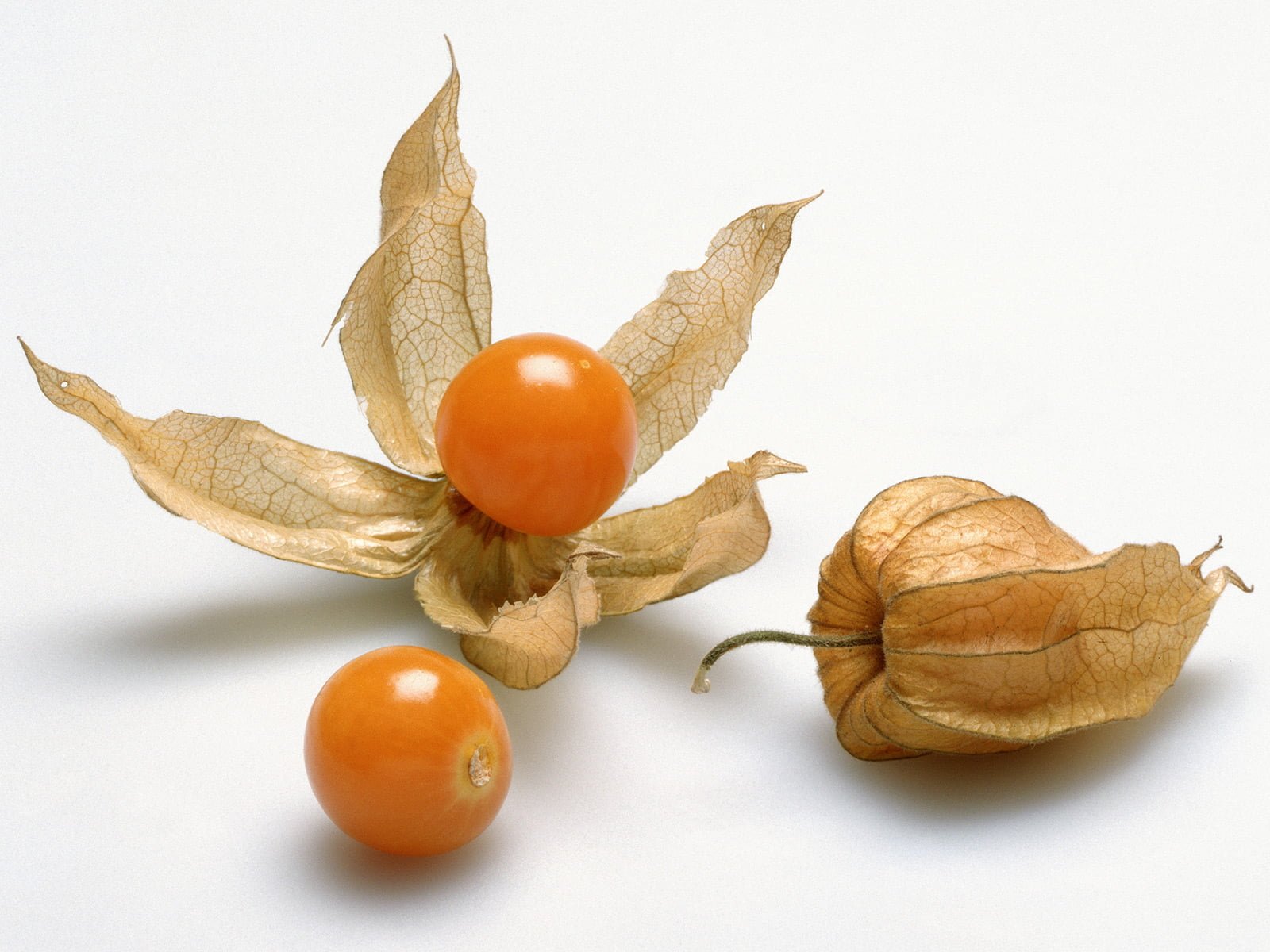Ground cherries, a small fruit that resembles a miniature tomato, are a delicious and nutritious addition to any garden. However, knowing exactly when these tiny treasures are ripe can be a bit of a challenge. In this article, we will explore the signs to look for to determine the perfect time to harvest ground cherries, ensuring that you enjoy their sweet and tangy flavor at its peak. With this knowledge, you can confidently navigate the process of growing and harvesting these delightful fruits, maximizing your enjoyment and culinary creations.
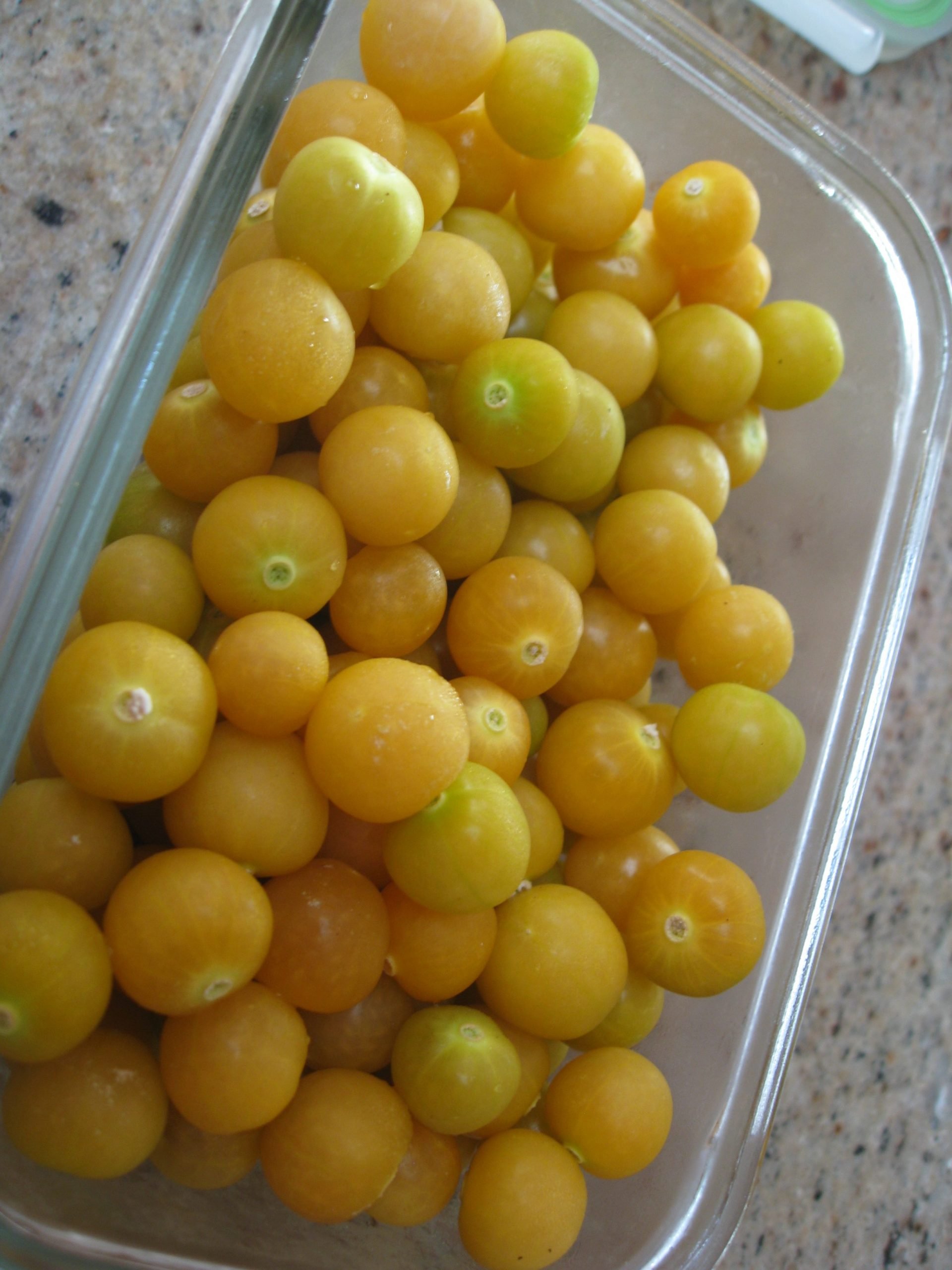
Factors that Affect the Ripeness of Ground Cherries
Planting Time
The timing of when ground cherries are planted can greatly affect their ripeness. Ground cherries are typically planted in the spring after the last frost date. If they are planted too early, when the soil is still too cold, it can delay their growth and subsequent ripening. On the other hand, if they are planted too late, they may not have enough time to fully ripen before the onset of colder temperatures in the fall.
Variety of Ground Cherries
Different varieties of ground cherries have varying ripening times. Some varieties may ripen earlier than others, while some may take longer to reach full ripeness. It is important to choose a variety that is suitable for your particular climate and desired harvest time.
Location and Climate
The location and climate in which ground cherries are grown can have a significant impact on their ripening process. Ground cherries thrive in warm and sunny environments, as colder temperatures can slow down their ripening. Additionally, the length of the growing season in a particular region can affect the overall ripening time of ground cherries.
Soil Conditions
The quality and composition of the soil in which ground cherries are planted can also influence their ripeness. Well-draining, nutrient-rich soil that is slightly acidic is ideal for their growth and development. Adequate moisture and the presence of organic matter in the soil can ensure that the ground cherries receive the necessary nutrients to ripen fully.
Visual Cues to Determine the Ripeness of Ground Cherries
Color
The color of ground cherries is a clear indicator of their ripeness. When they are ripe, ground cherries will have a golden yellow hue. The green color of unripe ground cherries will gradually give way to a vibrant yellow as they ripen. It is important to note that each variety of ground cherries may have slightly different shade variations, so familiarity with the specific variety being grown is crucial in determining ripeness based on color.
Size
The size of ground cherries can vary throughout their ripening process. Initially, they are small and green, but as they mature, they tend to increase in size. When ground cherries reach their maximum size, it is usually a sign that they are approaching their peak ripeness. It is important to monitor their size and harvest them before they start to shrink and wrinkle, indicating overripeness.
Firmness
The firmness of ground cherries is an important visual cue when assessing their ripeness. Ripe ground cherries will have a slight give when gently squeezed, indicating that they are soft and ready to be enjoyed. If the fruit feels too firm, it is a sign that it is not yet fully ripe. Conversely, if the fruit feels overly soft or mushy, it is an indication that it may be overripe.
Texture
The texture of ripe ground cherries can be described as smooth and plump. The fruit should have a slight firmness to the touch, without any noticeable wrinkles or blemishes on the skin. The texture of the fruit is an important visual cue that can help determine if it is ripe or not.

Taste Test: Assessing the Flavor of Ripe Ground Cherries
Sweetness Level
The level of sweetness in ground cherries is a key factor in determining their ripeness. Ripe ground cherries will have a sweet, tropical flavor with hints of pineapple and citrus. To assess the sweetness level, it is recommended to taste a few ground cherries. If they have a pleasantly sweet taste, they are ready to be harvested and enjoyed. If they taste overly tart or bland, it is an indication that they are not yet fully ripe.
Tartness Level
Ground cherries naturally have a tartness to them, but as they ripen, the tartness should become more balanced with the sweetness. When ground cherries are ripe, their tartness should not overpower the overall flavor. It is important to note that personal preference may influence how tart or sweet one prefers their ground cherries to be.
Balanced Flavor
A ripe ground cherry should have a well-balanced flavor profile, with a combination of sweetness and tartness. The flavor should be complex and vibrant, with a pleasant combination of fruity and citrus notes. A balanced flavor indicates that the ground cherries have fully ripened and are ready to be enjoyed.
Checking Ripeness through Touch
Gentle Squeeze Test
One method to determine the ripeness of ground cherries is the gentle squeeze test. Gently squeeze the fruit between your thumb and forefinger. If the fruit feels slightly soft and gives slightly when squeezed, it is an indication that it is ripe. However, if the fruit feels too firm or does not give at all, it is a sign that it is not yet fully ripe.
Finger Pressure Test
Another way to check the ripeness of ground cherries is the finger pressure test. Press your finger lightly against the skin of the fruit. Ripe ground cherries will have a slight depression in the skin when pressure is applied. If the depression is minimal or fails to appear, the fruit may not be fully ripe. However, if the fruit feels overly soft or mushy, it may be overripe.
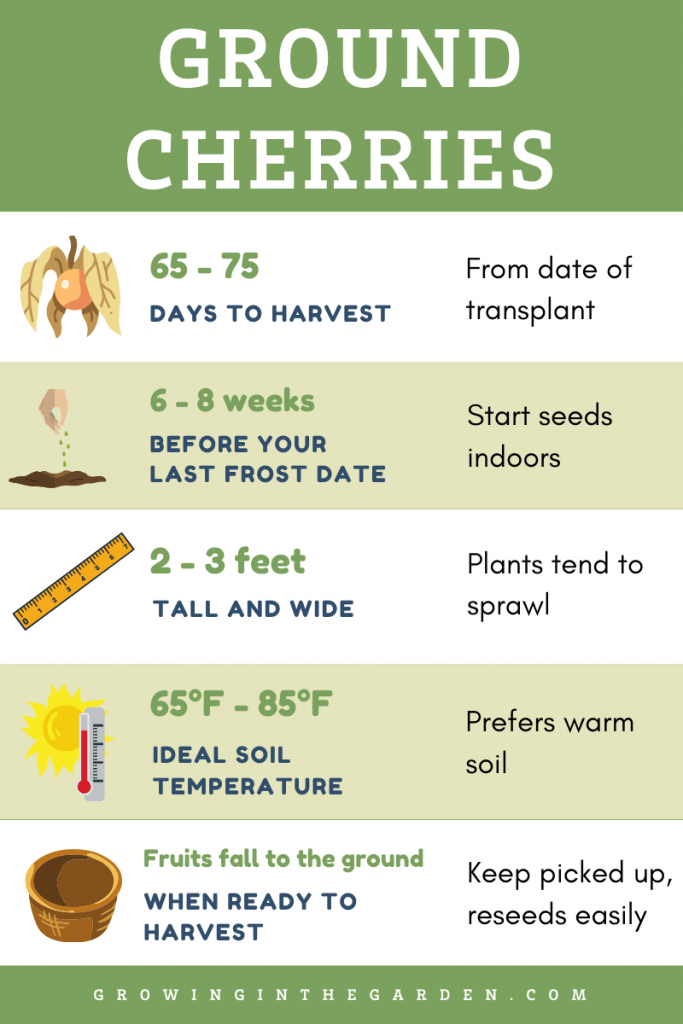
Observing the Ground Cherry Husk and Cap
Husk Turning Brown
One visual cue that ground cherries are ripening is the color of the husk. As the fruit matures, the husk will gradually turn from green to a brownish color. This browning of the husk indicates that the ground cherry is nearing its peak ripeness. It is important to keep an eye on the husk color and harvest the fruit when the husk is fully brown.
Cap Loosening or Detaching
The cap of a ground cherry refers to the point where the fruit is attached to the husk. As ground cherries ripen, the cap may start to loosen or detach from the fruit. This is a natural process and indicates that the fruit is reaching its prime. When the cap is loose or detached, it is a clear sign that the ground cherry is ripe and ready to be harvested.
Taking Note of the Harvest Time for Ground Cherries
Days to Maturity
The days to maturity refers to the length of time it takes for ground cherries to reach their full ripeness from the date they were planted. Different varieties of ground cherries have varying days to maturity, ranging from 60 to 90 days. It is important to keep track of the days to maturity for the specific variety being grown to ensure that the fruits are harvested at the optimal time.
Expected Harvesting Period
The expected harvesting period for ground cherries can vary depending on the location and climate. In general, ground cherries are harvested from late summer to early fall. However, this timeframe can be influenced by factors such as planting time, variety, and growing conditions. It is advisable to consult local farming resources or gardening guides to determine the expected harvesting period for ground cherries in your specific region.
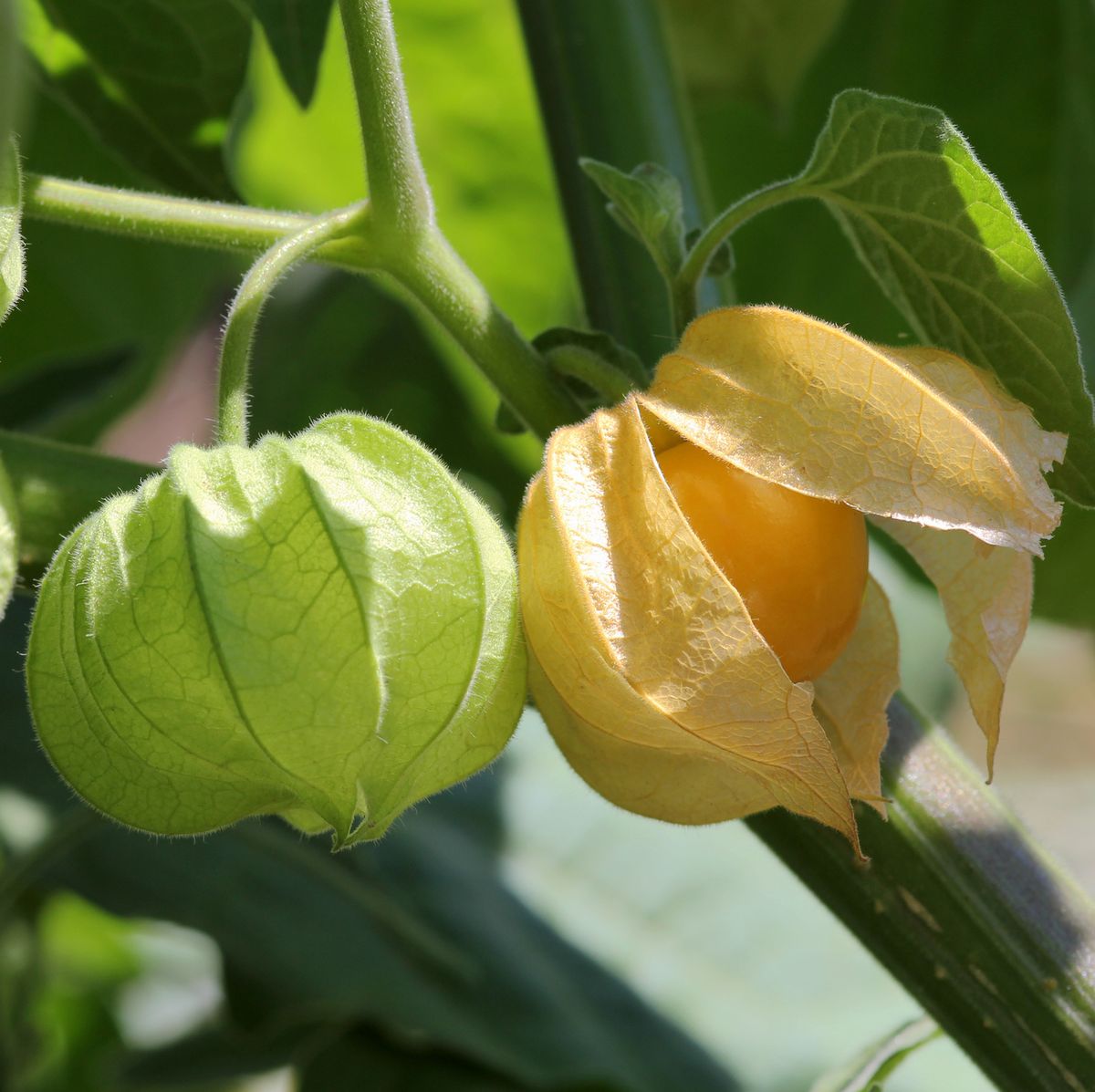
Understanding the Changes in Texture as Ground Cherries Ripen
Fruit Softening
As ground cherries ripen, their texture will change and become softer. The fruit will transition from a firm texture to a softer, more yielding consistency. This softening is a clear indicator that the ground cherries are ripe and ready to be eaten. It is important to monitor the texture of the fruit to ensure it reaches the desired ripeness without becoming too mushy.
Increase in Juiciness
As ground cherries ripen, there will be an increase in their juiciness. The fruit will become more succulent and the juice will be released when bitten into or squeezed gently. This increase in juiciness is a desirable characteristic of ripe ground cherries, as it enhances their overall flavor and eating experience. Monitoring the juiciness of the fruit can help determine their ripeness.
Importance of Patience in Waiting for Ground Cherries to Ripen
Avoiding Premature Harvesting
One of the key factors in successfully growing and enjoying ground cherries is patiently waiting for them to ripen. Prematurely harvested ground cherries may lack sweetness, tartness, and overall flavor development. It is essential to resist the temptation to harvest them early and allow them to fully ripen on the plant. The reward for patience is the enjoyment of fully ripe and flavorful ground cherries.
Optimal Flavor Development
Allowing ground cherries to fully ripen on the plant allows for optimal flavor development. Their natural sugars have time to fully develop, resulting in a sweeter and more flavorful fruit. Additionally, their tartness will be balanced with the sweetness, creating a well-rounded flavor profile. By exercising patience and waiting for ground cherries to ripen, you can experience the full potential of their flavor.
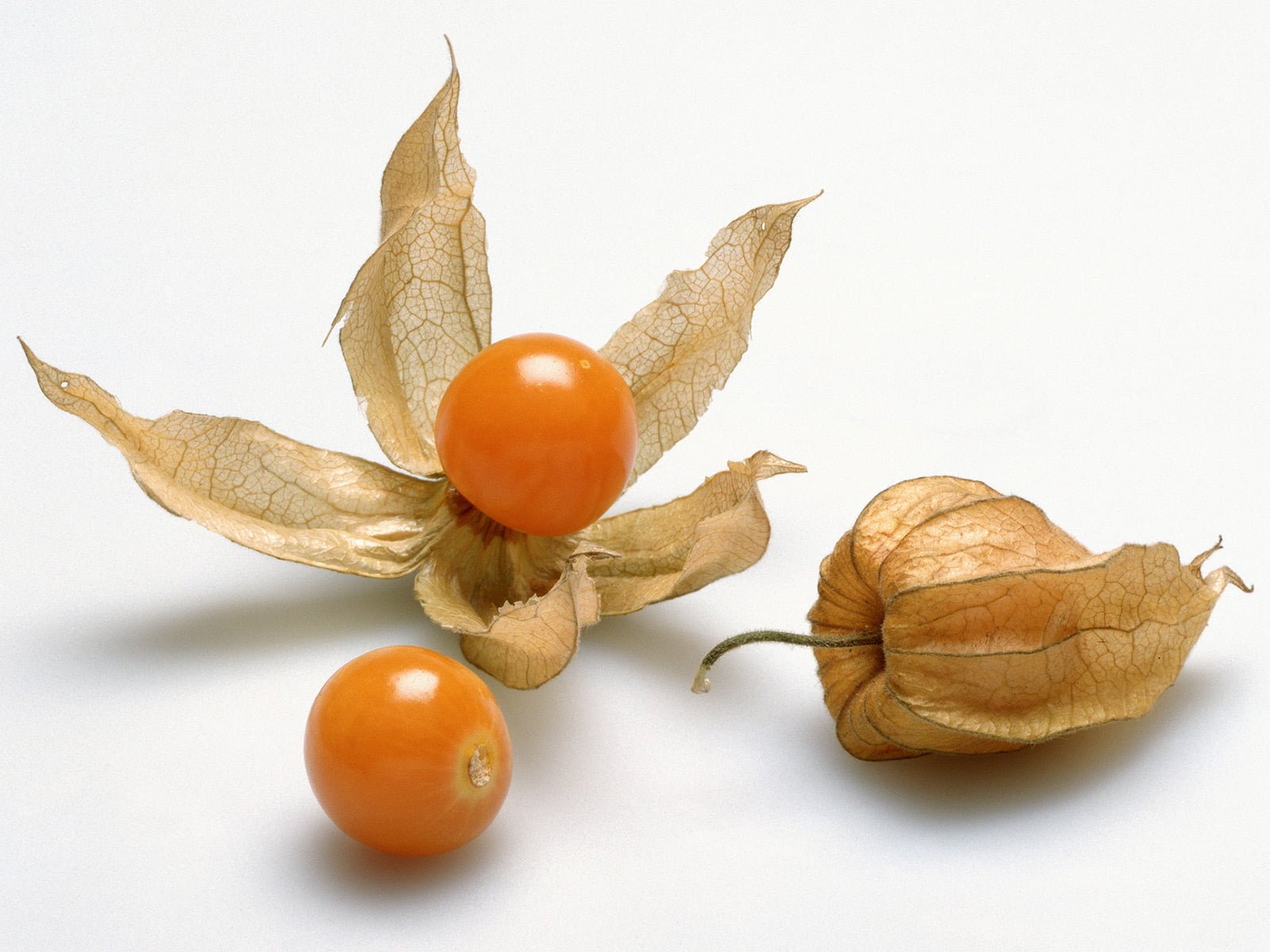
Storing and Handling Ripe Ground Cherries
Refrigeration
To extend the shelf life of ripe ground cherries, storing them in the refrigerator is recommended. Place the fruits in a breathable container, such as a paper bag or perforated plastic bag, to allow for proper air circulation. This will help maintain their freshness and prevent moisture buildup, which can lead to spoilage. Ripe ground cherries can typically be stored in the refrigerator for up to one week.
Freezing
If you have a surplus of ripe ground cherries, freezing them is an excellent way to preserve their freshness for longer periods. Before freezing, remove the husks and wash the fruits thoroughly. Place the ground cherries in a single layer on a baking sheet and freeze them until they are solid. Once frozen, transfer them to airtight containers or freezer bags and label them with the date. Frozen ground cherries can be stored for up to six months.
Removing Husks
When handling ripe ground cherries, it is important to remove the husks before consuming them. Gently twist or pull the husk from the fruit, being careful not to damage the delicate skin. Removing the husk not only exposes the fruit for easier consumption but also prevents the accumulation of moisture, which can lead to mold growth.
Knowing the Signs of Overripe Ground Cherries
Husk Decomposition
One clear sign of overripe ground cherries is the decomposition of the husk. As ground cherries continue to ripen past their peak, the husk may start to decay and become soft, slimy, or discolored. If the husk is noticeably decomposed, it is an indication that the fruit is no longer suitable for consumption. It is important to regularly inspect the ground cherries and discard any that show signs of husk decomposition.
Mold Growth
Another sign of overripe ground cherries is the development of mold. As ground cherries become overly ripe and decayed, they become susceptible to mold growth. Mold may appear as fuzzy patches or discoloration on the fruit’s skin. If mold is present on the ground cherries, it is crucial to discard them, as consuming moldy fruit can be harmful to health.
In conclusion, determining the ripeness of ground cherries requires a combination of visual cues, taste tests, and proper handling techniques. Factors such as planting time, variety, location, and soil conditions can all influence the ripening process. Visual cues such as color, size, firmness, and texture provide important indicators of ripeness. Taste testing for sweetness, tartness, and balanced flavor can further confirm the ripeness of ground cherries. Touch tests, observing the ground cherry husk and cap, and understanding the changes in texture are additional methods to determine ripeness. It is important to exercise patience, as prematurely harvested ground cherries may lack flavor development. Proper storage and handling techniques, such as refrigeration, freezing, and removing husks, can help maintain the freshness of ripe ground cherries. Finally, being aware of the signs of overripe ground cherries, including husk decomposition and mold growth, is crucial for ensuring the consumption of safe and flavorful fruit. By considering these factors and following the appropriate ripeness indicators, you can enjoy ripe and delicious ground cherries at their peak flavor.
